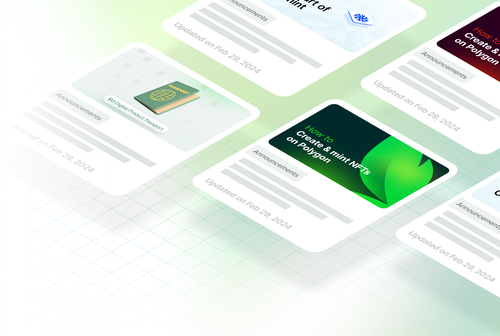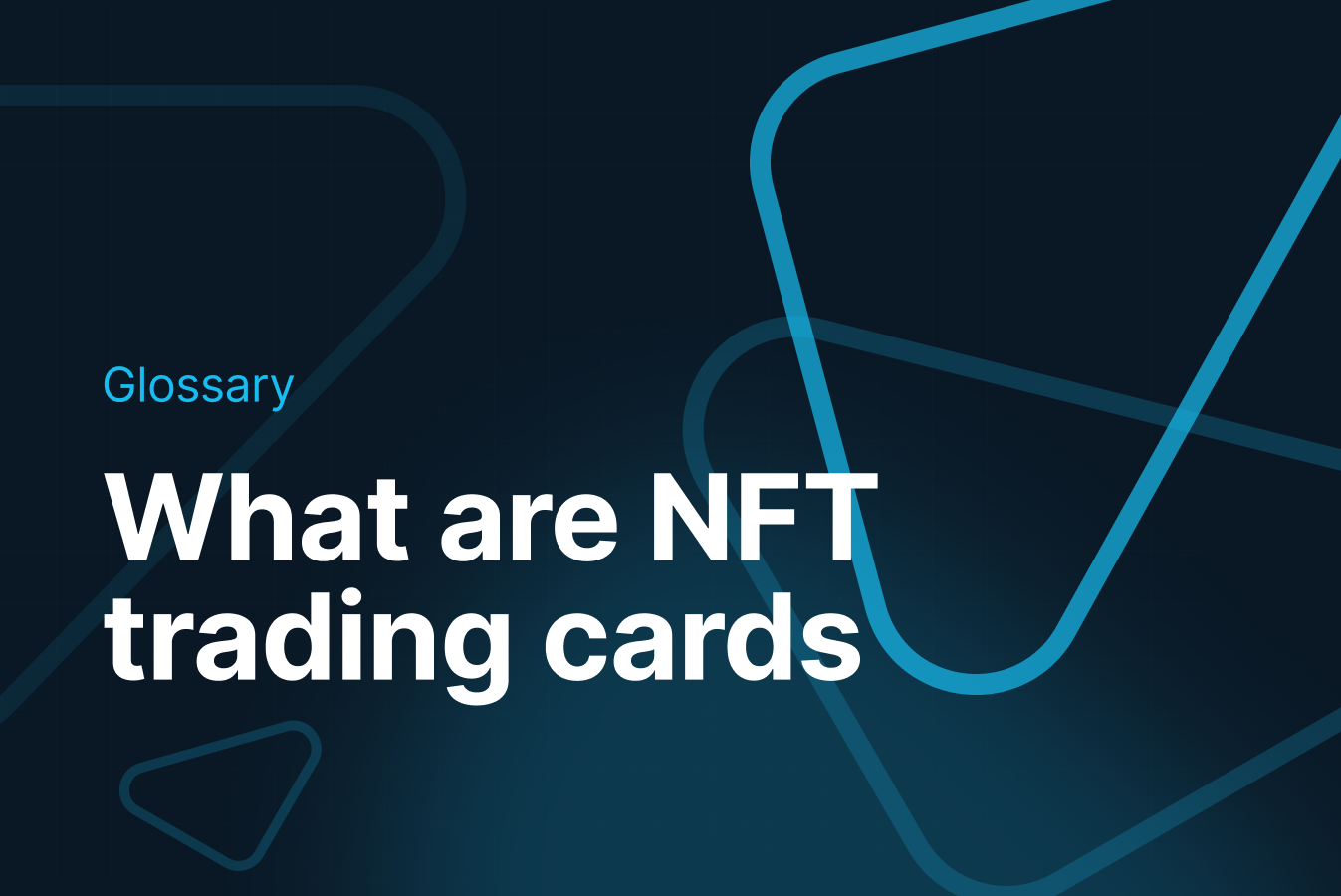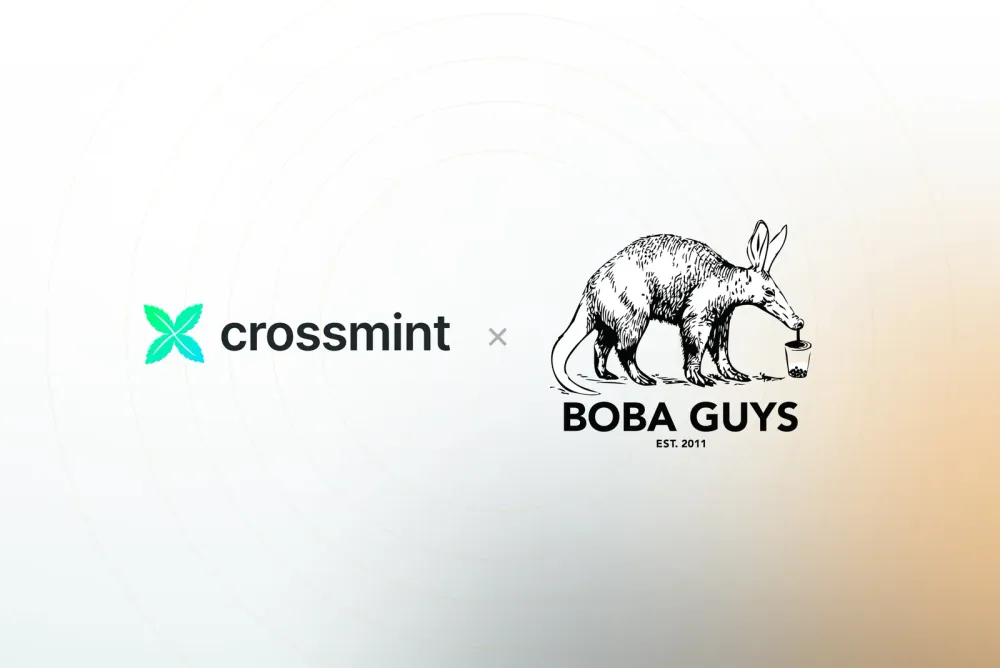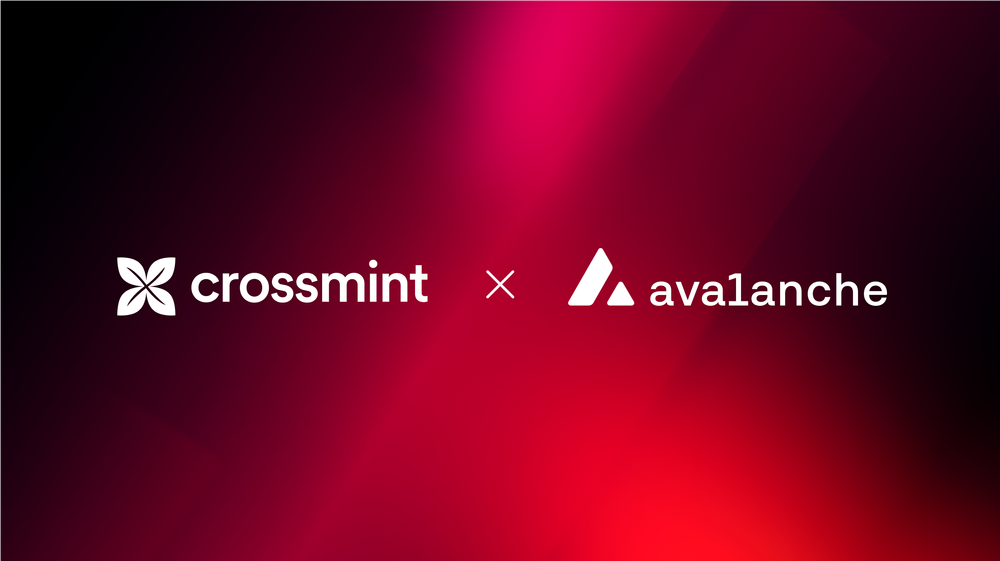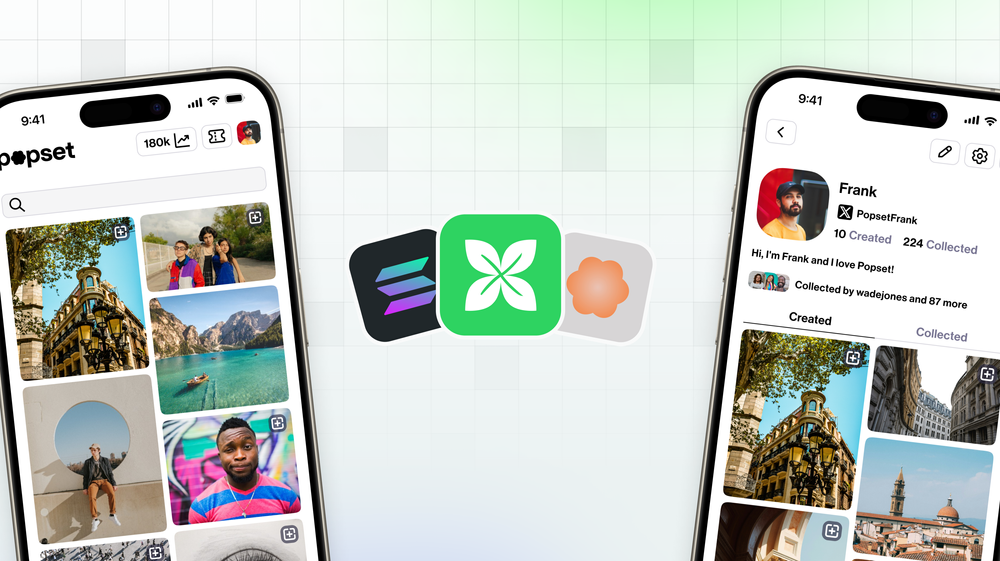Trading cards are small cards made of paperboard or thick paper that usually feature images of athletes, fictional characters, places, or things. One example you might be familiar with would be Pokemon cards like this one of Pichu.

The rarity of the subject usually determines the value of these trading cards, as well as the supply of these cards and the condition of these cards.
But... what role do NFTs play in the trading card industry?
What are NFT Trading Cards?
Sounds familiar to something that we know and love deeply? Yes, we are talking about NFTs!
Because of its ability to transparently show its supply, rarity, and value, NFT is the perfect medium to digitize trading cards. And creators can unleash their creativity when it comes to their digital trading card collections.
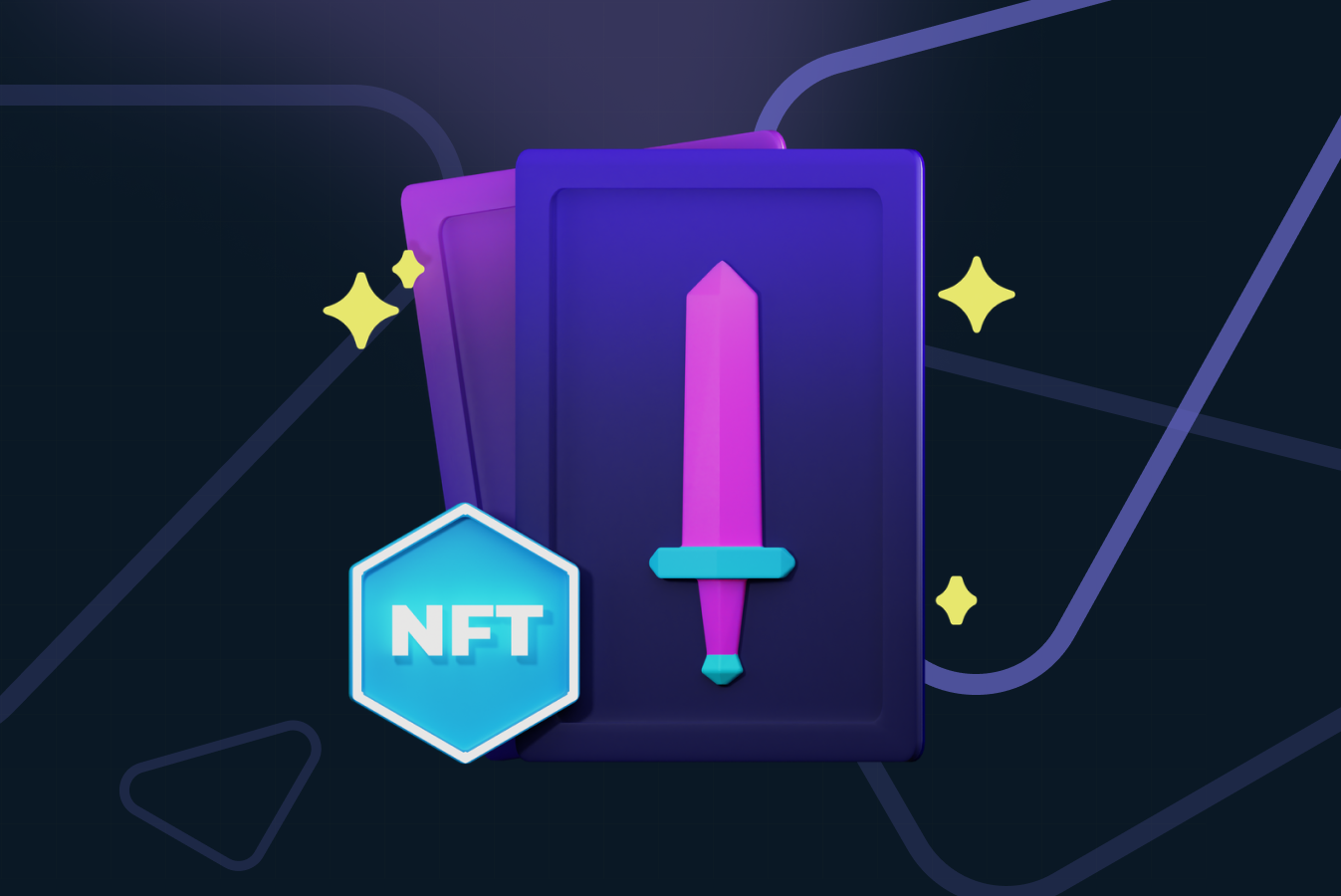
For example, we helped launch the Museum of Mahomes collection in 2023. The NFT trading cards have their own rarity determined by the creators of the cards from 1 of 1 to 1 of 209 - the rarity and the specific content on the cards determine their initial sale value.
What benefits do NFT trading cards offer compared to the traditional market?
The main benefits of NFT trading cards versus their traditional counterparts come from the benefit of the blockchain.
Provenance and Authenticity:
Fakes have always been a problem in the traditional trading card market - just like any artwork, good artisans will be able to replicate trading cards if there's a profit to be made.
Blockchain solves this problem by providing traceability onchain, directly from the smart contract that the collection is minted to secondary sales.
Global Access:
Just like NFTs, NFT trading cards live online - that means anyone with access to the internet will be able to buy and sell these NFT trading cards, without the limitation of physical cards.
You might not be able to get your hands on The Ultra Rare Pokémon Individual Cards from the 1990s that were issued exclusively in Japan, but you will be able to purchase an NFT equivalence even if it was created by an artist based in India, who normally would never have access to the rest of the world except for dropping their NFT trading card onchain.
Programmability:
NFT trading cards are usually programmable via smart contracts - the creators can set limits, tier rarities, and burn mechanisms for the NFTs.
Interoperability:
The power of NFTs is that they allow trading cards to go beyond being a collectible. It can serve as an access key to IRL experiences, new drops from the same creator, discounts in sports franchises, and more.
How do NFT trading cards work?
NFT trading cards are minted from the creator's smart contract directly.
When a card is minted, its information (like the creator's details, ownership history, and the asset's unique characteristics) is recorded on the blockchain that it is minted. This process ensures each card's uniqueness and allows it to be bought, sold, and traded securely on various NFT marketplaces.
Popular collections
NFT trading cards range from sports to gaming, and to community-based projects. Here are some highlights:
- NBA Top Shot: This collection features NBA moments rendered as NFTs. Unlike traditional cards, these dynamic NFTs showcase highlight clips from NBA games, combining the dynamism of the sport with digital collectibility.
- SoRare: A digital soccer game platform where users can buy, sell, trade, and manage virtual teams using NFT player cards. SoRare has partnerships with major soccer leagues and offers a comprehensive soccer experience.
- Axie Infinity: One of the first blockchain games, Axie Infinity includes NFT trading cards in the form of unique digital pets, known as Axies. Players can battle, breed, and trade these pets, enhancing their value through in-game cards.
- Gods Unchained: A free-to-play multiplayer blockchain-based game, it's the first blockchain trading card game. Players own their digital cards and can earn real money by playing the game.
- Spells of Genesis (SoG): The first blockchain-based NFT mobile game, combining Trading Card Game functionalities with arcade-style gameplay. Players collect and combine cards to create strong decks for battling enemies.
- Candy Digital: This platform is the official NFT provider for Major League Baseball, offering a range of digital sports memorabilia and trading cards for baseball enthusiasts.
- Rare Pepe: A collectible/meme-based NFT collection, Rare Pepe cards are available through Emblem Vault on OpenSea and feature a variety of designs, some with large supplies and others more limited and valuable.
- Age of Chains: A trading card game set in an intergalactic future, built on the Bitcoin blockchain. It offers players the opportunity to build powerful decks and engage in player-versus-player battles.
- Bitcorns: An idle game focused on accumulating Bitcorn, where players earn through Bitcorns trading cards created on the Counterparty protocol.
How to create NFT trading cards using Crossmint
In Crossmint, we offer a wide range of NFT developer tools to create, sell and send NFT Trading cards for developers and no-code users. Creating NFT trading cards by using our platform involves a few key steps:
No-code guide to sell NFT trading cards:
Developers guide:
- Deploy an NFT Collection for your tranding cards: Initially, Crossmint assigns your first minted NFT on a blockchain to a default collection. You can create additional collections through the Crossmint console or with an API call. Collections serve as containers grouping your NFTs, useful for applications like marketplaces and wallets.
- Check Collection Status: After deploying a collection, it's essential to check its status, which can be done using Crossmint's API. This step ensures that your collection is properly set up and ready for use.
- List Collections Under Your Project: This step allows you to manage and keep track of all your collections created under a specific project.
In these processes, Crossmint provides a library of pre-audited smart contracts suitable for various use cases. Crossmint also supports non-fungible and semi-fungible tokens, and the platform is built on open ERC and Metaplex standards.
For more detailed instructions and information, you can refer to Crossmint's documentation.



